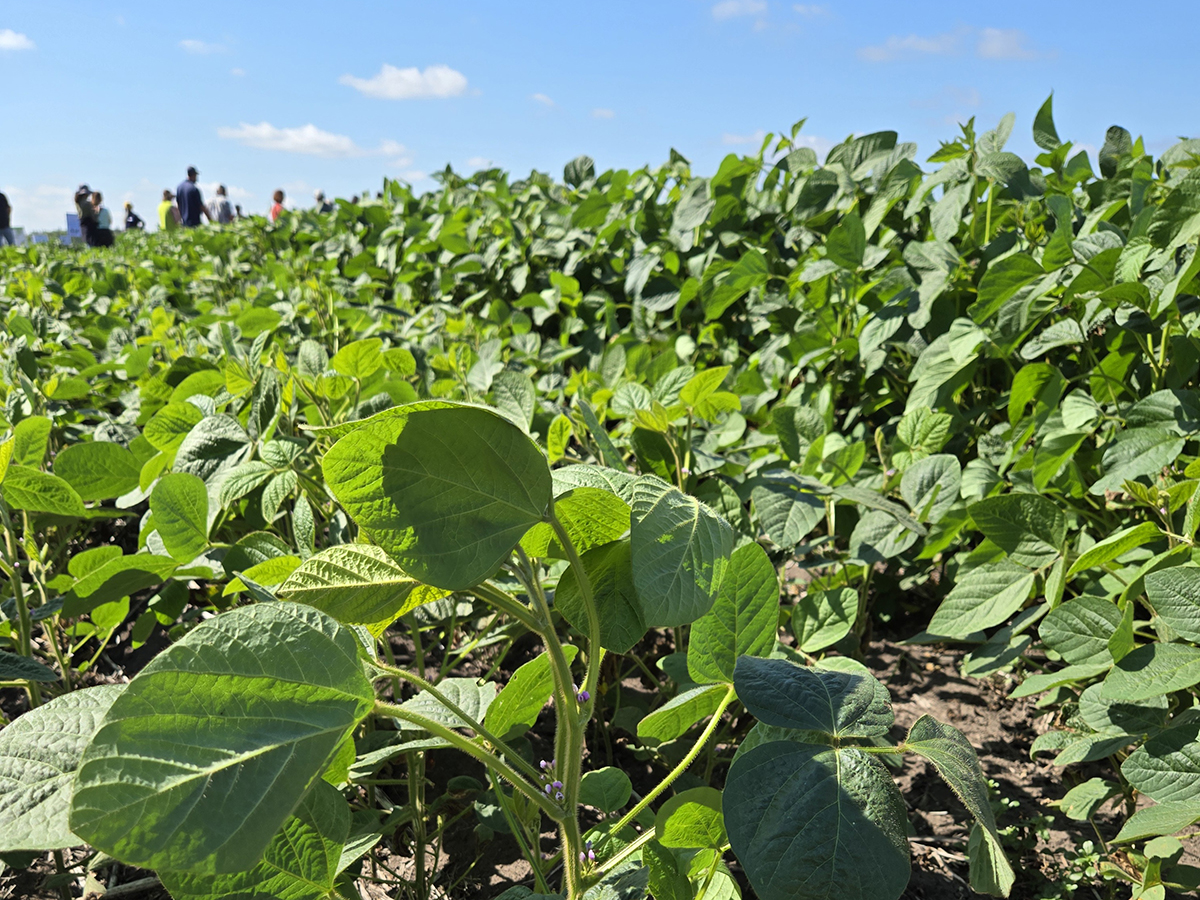Saskatchewan-grown cantaloupe is in demand for its sweetness but it doesn’t always meet size requirements for stores.
“In order to sell into retail, we do need to meet some specifications,” said provincial vegetable specialist Connie Achtymichuk.
There are specific sizes in the North American market, she said, but retailers can alter those if they know in advance. Saskatchewan producers might be able to establish a program that suits the size profile of their fruit.
Last year, a research project at the irrigation centre in Outlook set out to examine size profiles and shelf-life of different varieties.
Read Also

Spider mites big soybean problem this season
Spider mite issues have been geographically limited but significant where they occur, said John Gavloski, an entomologist with Manitoba Agriculture.
Achtymichuk said four-week-old seedlings from eight varieties were transplanted into plastic on fields June 1.
While the main question was size distribution, researchers also wanted to know which varieties tasted best, which ripened earliest and what yields could be expected.
Previous research involved growing cantaloupe in a protected environment such as high tunnels.
“While there’s no furnaces and fans in the high tunnels there is still the infrastructure, the building cost and the plastic, so if we grow them in the high tunnels, we have to charge more for the product that we grow,” Achtymichuk said.
She used plastic on the field to increase heat and moisture and keep weeds out.
“The other really good reason to grow cantaloupe on plastic is because of the netting on it. We need to keep the cantaloupe off the ground because there are bacteria in the soil that could get caught in the netting in the fruit,” she said during a field day presentation.
Although people don’t eat the skin, even running a knife through it could pick up some bacteria and spread it into the fruit sugar where they multiply.
“Always, always, always wash your cantaloupe before you eat it,” she said.
Cantaloupe require soil nutrient levels of about 60 lb. of nitrogen, 110 lb. of phosphorus and 120 lb. of potassium. They require 200 to 250 millimetres of water, delivered by drip tape.
Achtymichuk said the fruit are picked at full slip when they are a nice brown colour and with a little bit of cracking around the stem.
At the time of the field day, she said the variety Goddess was clearly the earliest. More results, including a look at storage and how long the fruit will last, are still to come.
She also said measuring the sugar value and comparing Saskatchewan-grown cantaloupe to those in the store would be fun.
“We know we’re going to blow them out of the water with our values,” she said
















